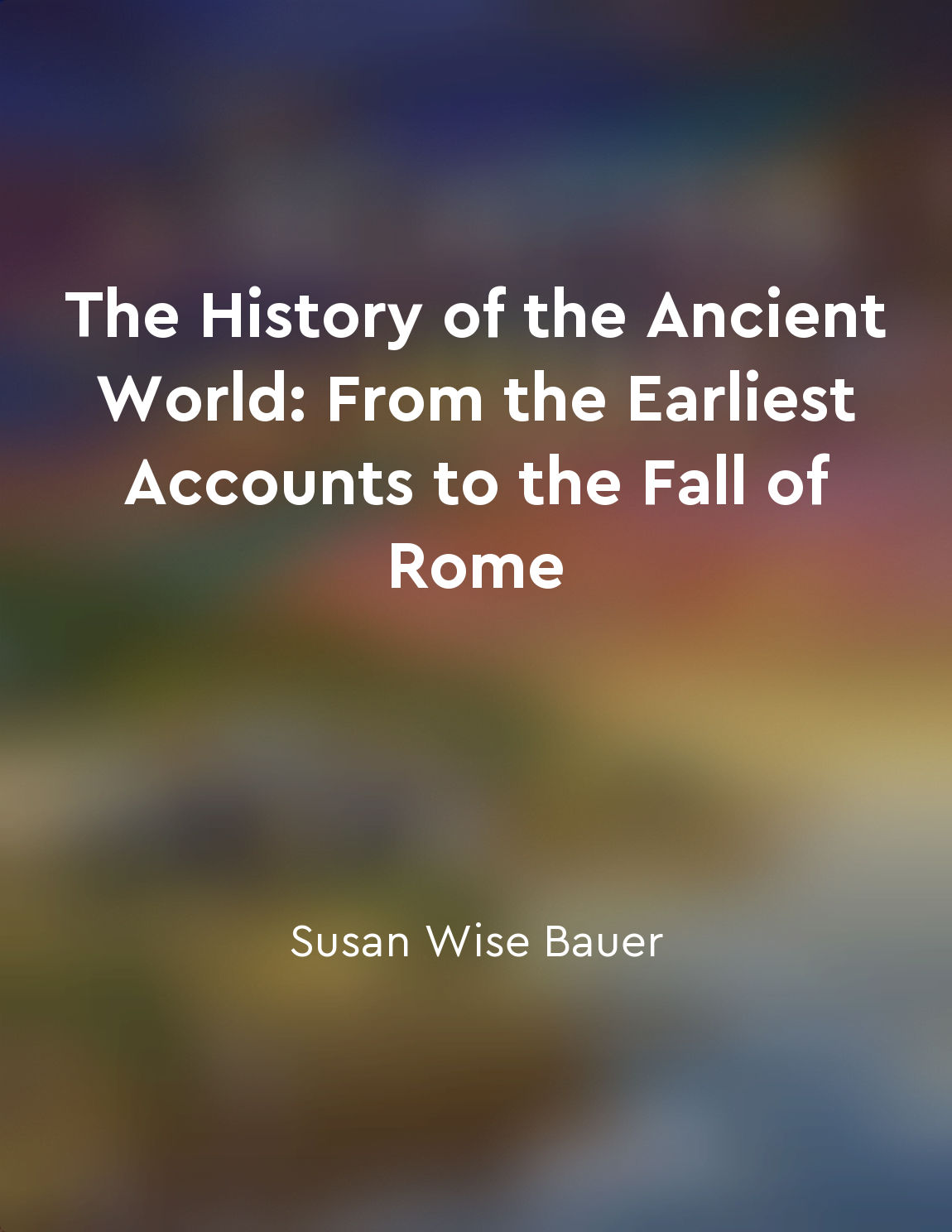Audio available in app
Trace the development of written language and recordkeeping from "summary" of The History of the Ancient World: From the Earliest Accounts to the Fall of Rome by Susan Wise Bauer
Written language and recordkeeping are essential components of the development of human civilization. The ability to communicate through written symbols allowed ancient societies to preserve knowledge, history, and culture for future generations. In 'The History of the Ancient World: From the Earliest Accounts to the Fall of Rome', Susan Wise Bauer explores the evolution of written language and recordkeeping from its earliest origins to the fall of the Roman Empire. The earliest forms of written language can be traced back to ancient Mesopotamia, where the Sumerians developed a system of writing known as cuneiform around 3200 BCE. Cuneiform consisted of wedge-shaped symbols impressed onto clay tablets, which were used for recordkeeping, administrative purposes, and literature. This invention marked a significant advancement in human communication and paved the way for the development of more sophisticated writing systems in the ancient world. In Egypt, hieroglyphics emerged around the same time as cuneiform in Mesopotamia. Hieroglyphics were a complex system of pictorial symbols that represented sounds, words, and concepts. The Egyptians used hieroglyphics for religious texts, historical inscriptions, and monumental carvings. The decipherment of hieroglyphics in the 19th century provided valuable insights into ancie...Similar Posts
Religious beliefs traveled alongside merchants
As merchants moved along the Silk Roads, they were not just carrying goods such as silk, spices, and precious metals; they were...
Innovations drive societal progress
Innovations are crucial drivers of societal progress. They play a fundamental role in shaping the course of human history and d...

Analyze the impact of the Crusades on European society
The Crusades, a series of religious wars sanctioned by the Latin Church in the medieval period, had a profound impact on Europe...
Explore the evolution of art and culture across different regions
The history of art and culture is a tapestry woven with threads of creativity, innovation, and tradition. As we journey through...
